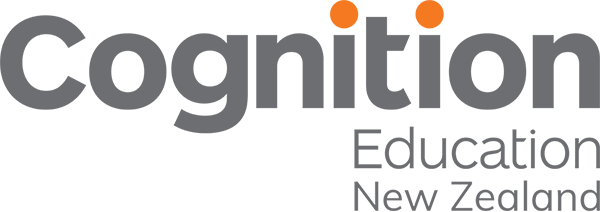Written by Rebecca Thomas and Steve Saville.
WELLBEING is a term we have become accustomed to hearing on a daily basis. Increasingly, it is an important issue for policymakers, staff and students alike. Sadly, the constant use and overuse may mean it is on the verge of becoming a cliché or even worse misunderstood and lost. Ask yourselves what it means to your community and kura. Have you unpacked it? Have you defined it? Does your community agree and understand it?
It is very tempting to get your kaiako and tamariki to start ‘doing’ wellbeing, in response to the landscape around us. Leaders are navigating this need to address wellbeing in their kura; searching for ways that they can enable their communities to interact meaningfully with it. What we do as a precursor to what will happen rather than as a reactionary cure to what has just happened may need to be our focus.
Below are a few suggestions that might assist schools in implementing effective processes that are sustainable and contextualised.
#1 Define the term
There are a multitude of definitions for the concept of wellbeing. It is important that you take the time to present a range of the different meanings to the staff, students and community, and then together work towards a shared definition that works for your context. The absence of a shared definition is likely to lead to confusion further down the track as individuals define the concept according to their own positioning.
#2 Examine existing systems and environments.
Another important step is to look at existing processes and systems and review them through a wellbeing lens. Do they help or hinder the implementation of wellbeing support as defined for your context? This review includes looking at timetable, access to support staff, the culture and tone of assemblies etc.
#3 Check and connect
Consider the sustainability of any initiative implemented. In the same way only introduce steps that can be normalised and part of the normal life of the school. A good example is to introduce a regular and systemised check and connect process whereby a significant adult routinely checks on how individuals are feeling by using a shared format that is easily recognised and understood by all members of the school community.
#4 Kotahitanga [unity]
Individuals innovate, systems sustain. Whatever you initiate, try to ensure that it is school wide and this means considering systemic accommodation. This is where a shared definition helps. Wellbeing initiatives will be more effective if they are normalised and seen as a natural and normal part of the school day; a ‘this is how we do things here,’ approach rather than a ‘this is how some people here do this some of the time’. Normalising through school wide practice will enable staff and students alike to see clearly how and when to access support or reassurance.
What we know for sure
Social psychology and cognitive psychology tells us that our young people need: safety (emotionally, physically, socially and mentally), a sense of worth, a sense of belonging. For our young people concerns can manifest themselves in a variety of different ways: absenteeism, anxiety, withdrawal, substance abuse, non-compliance are but a few side effects we can physically see. We need our young people to be brave and engage with the circumstances that they may not have envisioned more than ever. And who can give them this strength? Us.
For any other support around wellbeing needs contact us.

